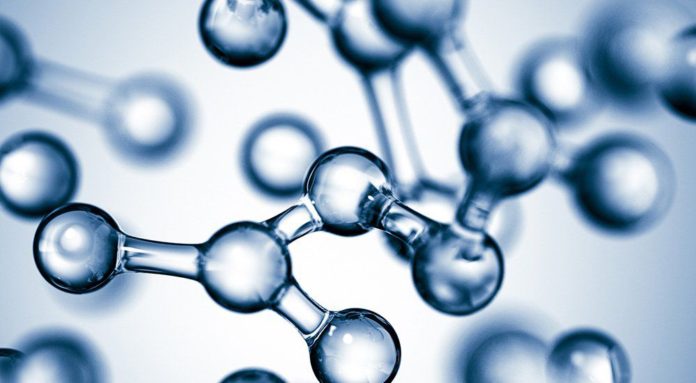Dry, dull, and aging skin is a problem that many people struggle with, leading them to search for effective solutions that actually work. Among all the skincare ingredients available in the market, hyaluronic acid (HA) has gained so much popularity for its ability to provide deep hydration and promote healthy skin.
As much as we adore HA, there are some common mistakes that people often make when incorporating it into their skincare routine. If you’re excited to learn how to get the most out of this skincare ingredient, and avoid the things that can stop it from working well, keep reading.
Mistake #1 Applying hyaluronic acid on dry skin
If your skin is dehydrated to begin with, and there’s a lack of moisture in the air around you, then the product can actually suck moisture from the deeper layers of the skin to hydrate the surface, leaving your skin more dehydrated than before.
A 2018 study funded by Estée Lauder found that, in humid environments, topical hyaluronic acid “created a false increase in apparent water content exacerbating water loss rate;” meaning, it made skin look hydrated and dewy by pulling moisture to the surface, but actually led to dehydration.
Thus, it’s always recommended to apply hyaluronic acid to damp – not completely dry skin – for better results. By applying your serum to damp skin, the hyaluronic acid has a reserve of moisture to draw from.
Mistake #2 Using Hyaluronic acid as a moisturizer
Hyaluronic acid is often considered by many as a moisturizer, but in reality, it should strictly be considered a plumper or a temporary hydrator. It needs to be used in conjunction with other moisturizers; hyaluronic acid alone will not provide the necessary hydration skin needs.
After applying hyaluronic acid on damp skin, make sure you seal in the moisture by applying an occlusive moisturizer on top of it.
Your basic daytime skincare routine should look like this: Cleanse → Tone → Hyaluronic Acid → Moisturize → SPF
Mistake #3 Molecular size and strength
The hyaluronic acid molecule is actually quite large, so it’s always a good idea to use products that are medium to low molecular weight that absorb more easily into the skin. If you notice your skin reacting angrily to your hyaluronic acid product, that’s a sign you should swap out the low molecular weight HA for a high molecular weight HA.
In a 2011 study, researchers found that use of a 0.1 percent low-molecular-weight HA product produced significant improvements in skin hydration and elasticity in 30- to 60-year-old women.
Mistake #4 Applying hyaluronic acid on humid days
On days when the air is already saturated with moisture, such as in high-humidity weather, HA may pull moisture from the air, causing a sticky or tacky feeling on the skin. On such days, consider using less HA product or even skipping it altogether. Instead, focus on using a lightweight, non-comedogenic moisturizer that provides hydration without the risk of feeling sticky.
Mistake #5 Expecting Instant Results
Many people make the mistake of expecting dramatic results overnight. While HA does offer immediate plumping effects, significant changes in the skin’s appearance and texture take time. It’s essential to be patient and consistent with your hyaluronic acid routine.
The true potential of HA lies in its long-term benefits. With regular use, HA can help improve skin elasticity, reduce the appearance of fine lines, and promote a more youthful complexion over time.
For more on fashion & beauty, follow Major Mag on Instagram and Pinterest.
